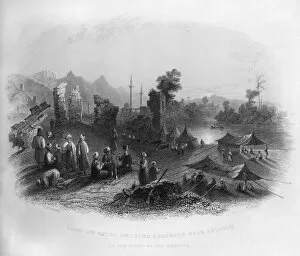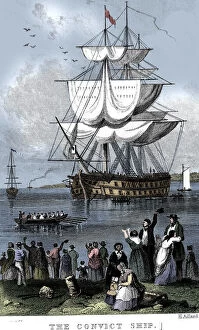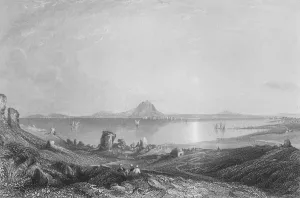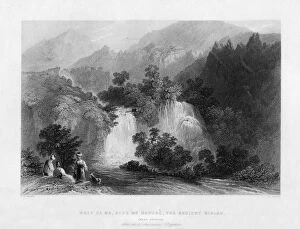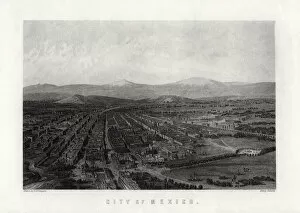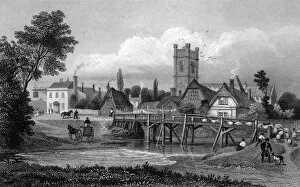Henry Adlard Collection
Henry Adlard, a talented artist of the 19th century, captured the essence of various landscapes and historical scenes through his remarkable artworks
All Professionally Made to Order for Quick Shipping
Henry Adlard, a talented artist of the 19th century, captured the essence of various landscapes and historical scenes through his remarkable artworks. In one of his captivating paintings, he depicted Hadgi (Mecca pilgrims) encamped near Antioch on the banks of the Orontes in Turkey during 1841. With meticulous attention to detail, Adlard transported viewers back in time to witness this significant cultural event. Another masterpiece by Adlard showcases a viaduct on the Baltimore & Washington Railroad around 1838. Through his brushstrokes, he immortalized this engineering marvel that connected two bustling cities and revolutionized transportation during that era. Adlard's artistic prowess extended beyond landscapes as seen in his portrayal of Danejohn Hill circa 1829. This artwork reveals his ability to capture architectural beauty while also conveying a sense of tranquility within nature. The Falls of Niagara were another subject that fascinated Adlard. His mid-19th-century painting transports us to this majestic natural wonder where we can almost hear the roar and feel the mist on our faces. In Rue du Chapeau Rouge, Bordeaux, also from the mid-19th century, Adlard skillfully captures the charm and character of a bustling street scene in France. The vibrant colors and lively atmosphere transport us into an era long gone but forever preserved through art. Eltham Palace's bridge is yet another example showcasing Adlard's talent for capturing architectural splendor with precision and elegance. Painted in 1828, it offers a glimpse into history while highlighting both man-made structures and their harmonious integration with nature. London Bridge Station was another subject that caught Adlard's eye; he painted it twice - once in Bermondsey London during 1845 - emphasizing its importance as a hub connecting people from all walks of life. Adlard's versatility shines through even more with "The Convict Ship, " a painting from around 1820.

